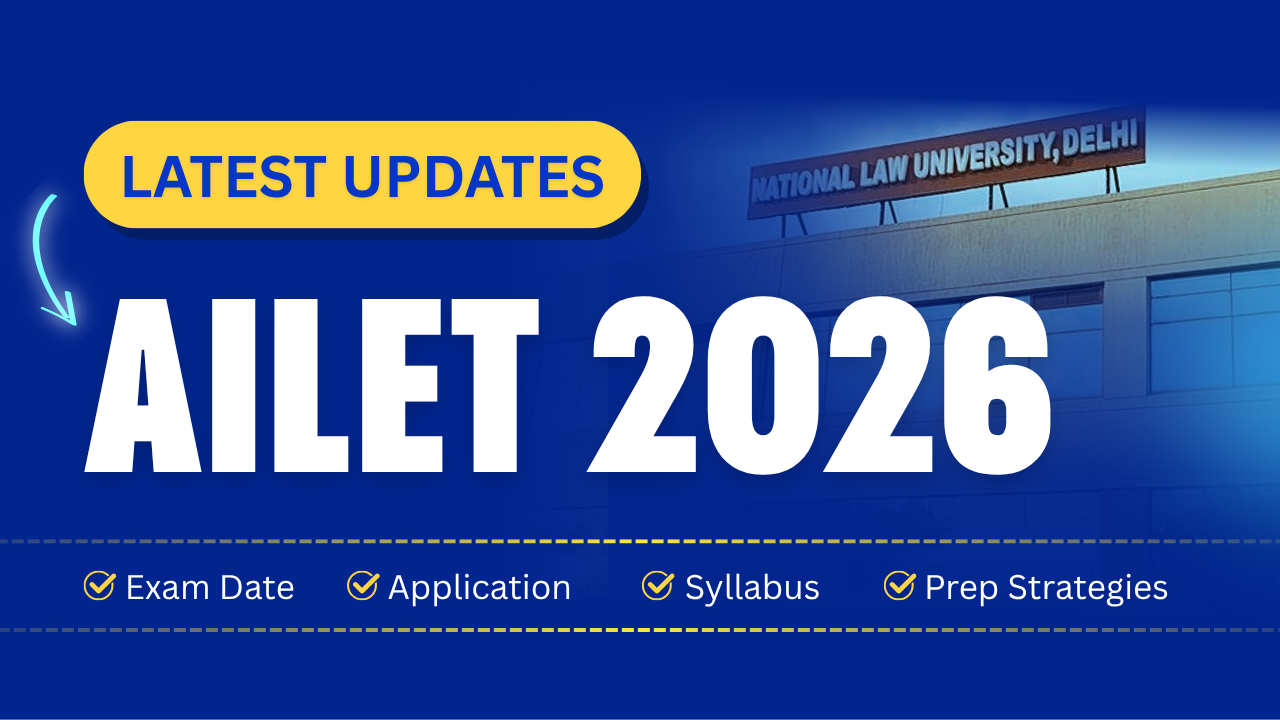By I Jan 06, 2024

Introduction:
The Common Law Admission Test (CLAT) is your passport to the esteemed National Law Universities (NLUs) in India, opening doors to a promising legal career. While a strong foundation in legal knowledge is pivotal, mastering the intricacies of tackling negative marking is equally essential. In this distinctive and informative blog, we will explore a set of comprehensive strategies designed to not only assist you in answering questions accurately but also to minimize the impact of negative marking, ultimately ensuring your triumph in CLAT.
FAQs - How to Tackle Negative Marking in CLAT?
What is the Negative Marking System in CLAT?
CLAT employs a penalty system, implementing a deduction of 0.25 marks for every incorrect response. This implies that for every four incorrect answers, one mark is deducted from your overall score. Additionally, any unanswered questions result in a score of zero.
How Can Negative Marking Influence My CLAT Score?
Even a minor deduction of 1.25 marks can significantly reshape your overall CLAT ranking, potentially impacting your chances of securing admission to your preferred NLU.
Now, let's embark on an exploration of a fresh set of comprehensive tips and strategies for effective negative marking management:
Tip #1 - Profiling Your Strengths:
Understanding your strengths and weaknesses serves as the cornerstone of your CLAT success. Let's delve into innovative ways to harness your strengths effectively:
Commence the exam with the section in which you are most confident. Initiating the test with your strong suit not only elevates your morale but also maximizes your chances of obtaining correct answers.
Consider embarking on the "Current Affairs including General Knowledge" section at the outset. This section is often deemed relatively predictable, reducing the likelihood of negative marking. Additionally, it serves as a litmus test for assessing your risk-taking capacity in subsequent sections.
Devote ample attention to the Quantitative Techniques section, especially if you possess a penchant for numerical challenges. This segment plays a pivotal role in boosting your overall score. However, ensure a firm grasp of the fundamental concepts.
In sections where your confidence level is lower, craft a strategic approach. Begin by addressing the easier and more familiar questions to gradually build your confidence, allocating more time for tackling the challenging ones.
Tip #2 - The Art of Informed Guesswork:
Strategic guessing can be your secret weapon during CLAT:
Evade blind guesses at all costs. Only venture into answering questions if you possess some knowledge or a faint inkling of the answer.
Employ the technique of connecting the dots by retrieving relevant information from your preparation. For instance, when faced with a question about the "floating national park of India," conjure up information related to the NHPC project.
Contemplate eliminating options before making an educated guess. Reserve the act of guessing for situations where you can confidently discard at least 50% of the answer choices. This strategic maneuver is particularly valuable in sections such as logical reasoning and reading comprehension.
Tip #3 - The Power of Revision:
Comprehensive revision stands as your safeguard against impulsive decisions:
Refrain from investing disproportionate time in grappling with challenging questions during your initial pass. Instead, flag them and revisit them later if time permits. This prudent time management strategy ensures that you do not become ensnared by seemingly insurmountable problems.
Always scrutinize all the options in a question before making your selection. Sometimes, subtle nuances in phrasing can exert a profound impact on the context and accuracy of the answer.
Tip #4 - Decoding the Question Types:
Familiarity with the types of questions in each section serves as your strategic edge:
Acquaint yourself with the nature of passages and the anticipated question types in each section, encompassing English Language, Current Affairs, Legal Reasoning, Logical Reasoning, and Quantitative Techniques.
Additional Tips:
Meticulously scrutinize the wording of each question. Subtle variations in phrasing can wield a significant influence on the context and complexity of the answer.
In legal reasoning questions, consider disassembling the principle into smaller components to ensure precise alignment with the provided facts.
Conclusion:
Mastering the art of negative marking in CLAT necessitates a unique and strategic approach tailored to your individual strengths and weaknesses. By understanding your capabilities, engaging in informed guessing, committing to diligent revision, and becoming well-versed in the various question types, you can substantially enhance your chances of success. Every mark holds immense significance in CLAT, and effective negative marking strategies are the key to realizing your dream of securing admission to a prestigious NLU. Wishing you the best of luck with your CLAT preparations!
For more informative blogs on CLAT Preparation, Click Here!



